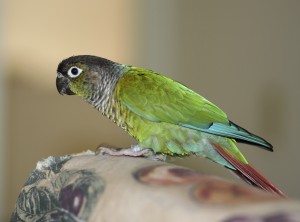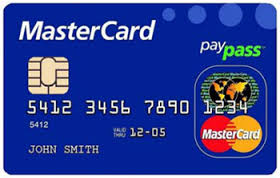He is gone. Almost a week after his disappearance, we have lost all hope of ever seeing our little friend again.
Despite multiple flyers, frantic e-mail messages and mobilizing neighbors, the Marinwood Fire Department and the Marin Human Society, our baby has not been found.
We went on numerous search parties, scrutinizing treetops and listening to various birdcalls, but all in vain.
Tamara cried for days and I still have a big lump in my throat when thinking of him.
Liosha (short for Alexei) was a conure, a small parrot native of Central or South America.
He was about 15 years old and had been with us for at least 13 years.
Conures are colorful, slightly built, sport a long tail and have a small but very strong beak.
They are, gregarious, opportunistic and omnivorous. They don’t talk, but screech, sometimes very loudly.
Liosha was basically Tamara’s baby but he also spent a lot of time with me.
The average weight of a conure is about 4 ounces but I would never have thought that such a little creature would leave such a big void.
Traces of his presence can still be seen all over the house.
Food crumbs, feathers, a few droppings and chewed up books are still everywhere.
It is difficult to glance at any of those things without thinking of him.
In spite of all the petty annoyances that he generated, we would give almost anything to get him back.
Liosha among other things, liked to watch me while I was taking a shower. He would perch on the curtain rod, and slightly tilting his head, he would check my every move. While not fond of showers himself, he would nevertheless take baths at least once week.
He also took to sitting on my head while I was watching TV.
When I was shaving, he would perch on my shoulder and pick shaving cream off of my face or toothpaste out of my mouth.
When he felt cold, he would sneak under my sweater or under the bed sheets.
As a said, conures are tough little birds. As demonstrated by the Wild Parrots of Telegraph Hill (who are really conures), they can become feral and adapt almost anywhere, regardless of the climate.
There are many bird feeders in Marin County and it is my hope that Liosha will take advantage of them and adapt to wild life. He might even find a mate and join a flock similar to the one in San Francisco.
I hope that some day when I would least expect him, he will land on my shoulder (or my head) and say “Good to see you again. Come and meet my family”.
Alain
PS: Thank you to the hundreds of people who read my previous article and expressed sympathy for our misfortune.



